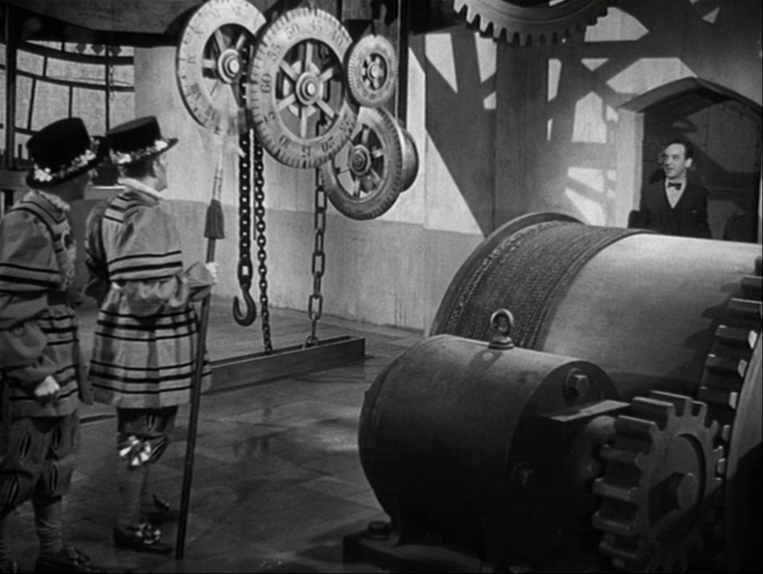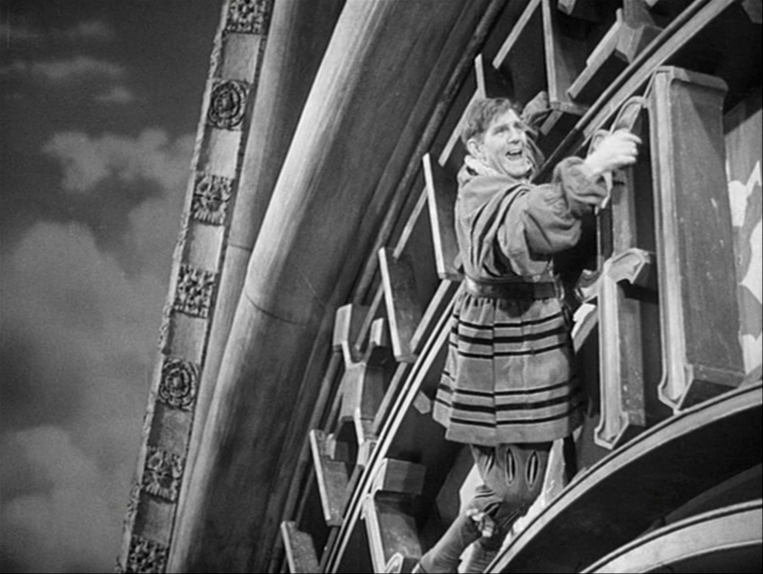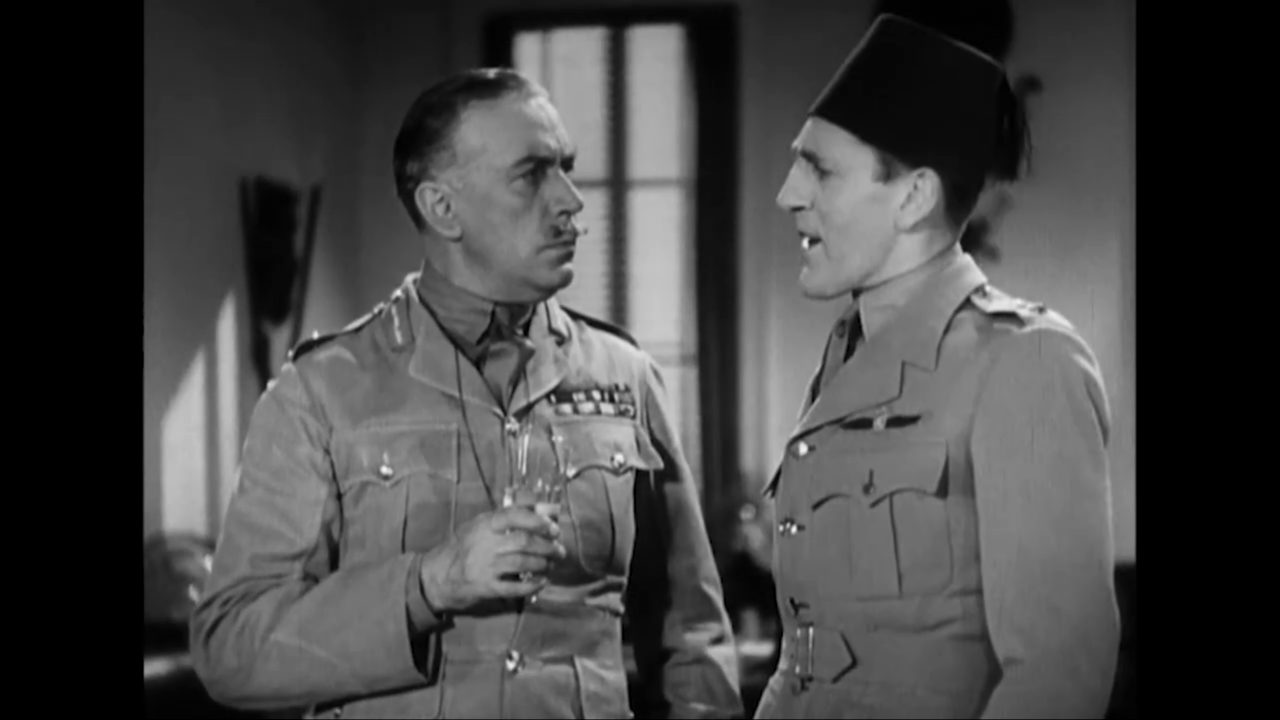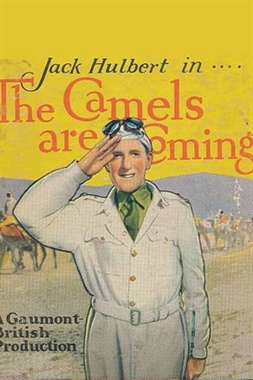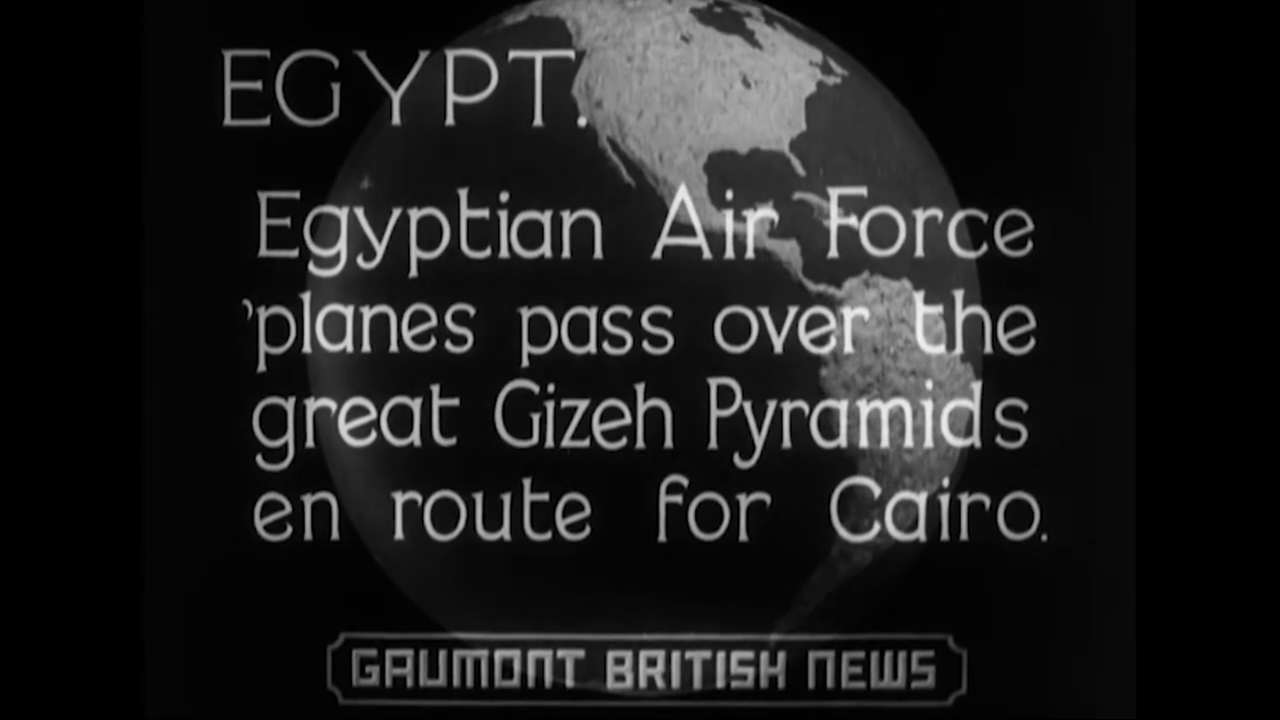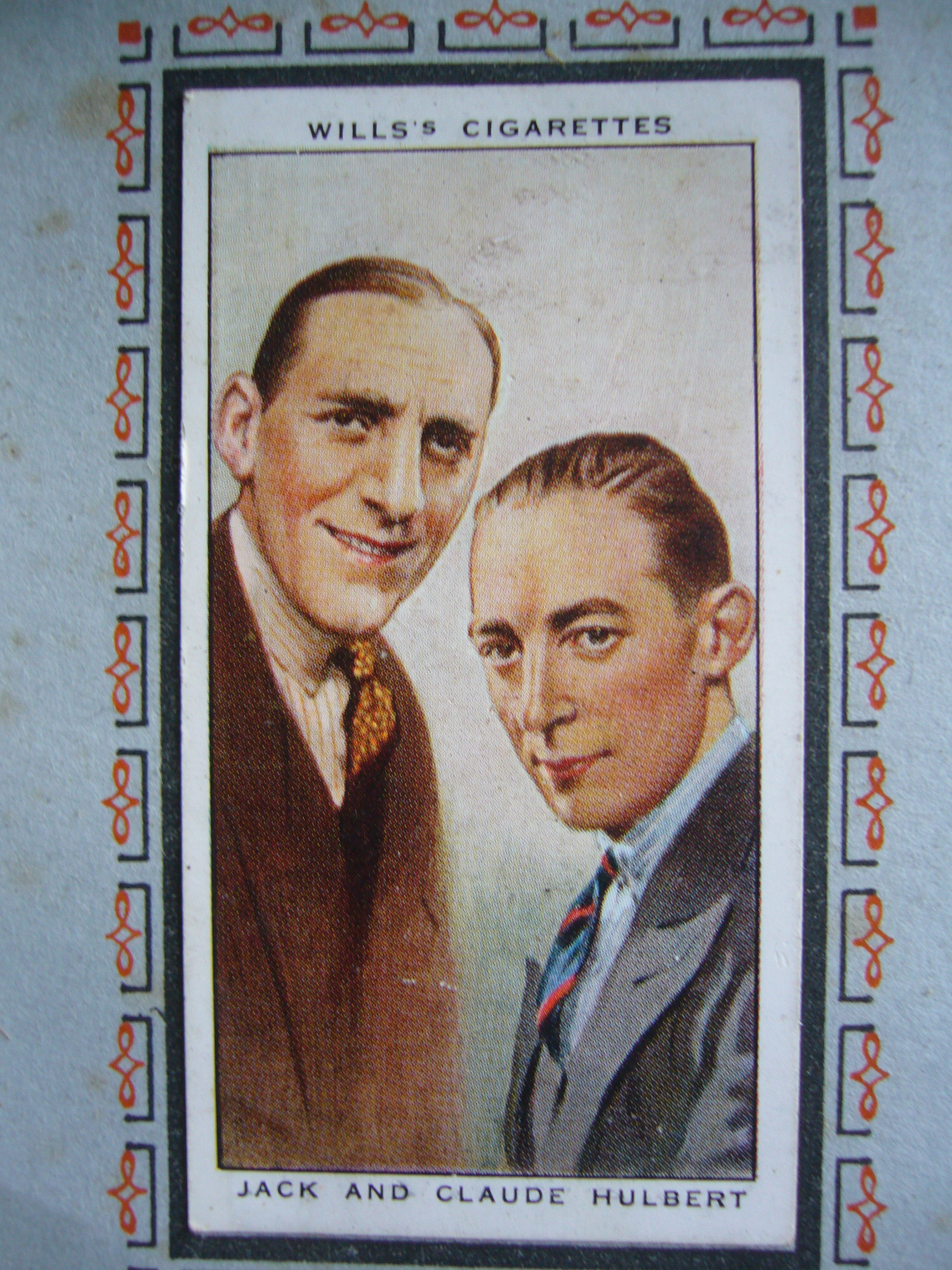
“Remember,” wrote Alexei Sayle in his illustrated book Geoffrey the Tube Train and the Fat Comedian, “people once laughed at Arthur Askey, and history has proved them wrong.”
When I started this slightly masochistic project I knew I was going to have to grapple with Askey, a prime example of the popular music-hall type radio star (and an early star of British TV in the 1930s — he had to wear special makeup because John Logie Baird’s television had only thirty lines and regular human features wouldn’t be discernible. Some would say Arthur had the perfect face for the medium.
Askey’s career was long, so long that he could even appear in ROSIE DIXON, NIGHT NURSE, one of those seventies porno-comedies — this casting alone adds evidence to my theory that these films were intended to sterilise the working classes with terror. In fairness to Arthur, he had a sick wife to support, something he kept to himself. (I’m grateful to Steven McNicoll for background info.)


The film we plumped for was BACK-ROOM BOY — I have Network’s DVD of THE GHOST TRAIN but Fiona didn’t want to see that, dismissing it as boring. But then we enjoyed BRB and watched TGT after it, and it wasn’t boring at all. But if we’d watched it first we might never have looked at Askey again.
BRB is the later film. I suspect someone must have thought Askey was too abrasive in TGT, because he dials his personality down to a more acceptable level. Askey is one of those British comics whose funny looks approach the status of medical condition — I would have guessed malnutrition, but he came from a middle-class family. He’s a very small fellow with no pectoral development at all — his body just goes away. No hips either, his legs just go up inside his jacket somewhere. Pointy chin, pointy hook nose, lipless rictus grin. Hornrimmed spectacles complete the look. To avoid seeming creepy, a person with such a physical instrument at their disposal would have to work quite hard. Arthur certainly works hard, but it’s not always certain what effect he’s going for.


Looking like he did, Arthur couldn’t easily be cast as a normal person, so in BACK-ROOM BOY he has an amusing BBC job — he’s introduced marching into Broadcasting House, down important and then secret corridors, into a locked room where he dons an official scientific white coat and pulls a special console from a locked alcove, and on the hour he presses a button, beep beep beep. Then he leaves. He’s the man who does the BBC pips that chime the hour.
Arthur, in the manner of these films, has an improbably beautiful girlfriend, but she doesn’t like Arthur constantly rushing off to do his pips, so they have a break-up, and in a moment of rebellion he pips out the “shave-and-a-haircut-two-bits” melody to the world, and is hauled up before the Board. Arthur is now an avowed misogynist and wants to go somewhere free from women — so they send him to Scotland. Specifically to the lighthouse on Kelpies Island, rumoured to be haunted by a deadly mermaid.

What becomes clear is that this is one of very many knock-offs of THE GHOST TRAIN. Every comic seemed to do one — certainly Will Hay in ASK A POLICEMAN does battle with a haunted coach driven by an ‘eadless ‘orseman. And what further becomes clear is that it’s very stylishly directed. The Hay film is the work of Marcel Varnel and he’s very slick but he can’t do scary atmospherics.
BRB is directed by one Herbert Mason and he’s terrific. When Arthur looks out his lighthouse and sees a spectral figure on the rocks, it’s thrilling stuff — with a zoom-in (optical, I think) on the lightning-illuminated figure and a high-angle push-in on Arthur, whose head offers delirious possibilities for the wide angle lens.





Arthur is supposed to be all alone here but gradually a whole gang of supporting players is accumulated, and then start going missing. First there’s a little girl, the delightful and very natural Vera Frances. Then the mermaid, who turns out to be Googie Withers, working her way through every homely lead the era could offer — Hulbert, Formby, Askey, with Jack Buchanan as a bit of a relief from all that. Then a bunch of shipwrecked showgirls — IMDb doesn’t seem to know who most of them are — in the company of sailors Moore Marriot and Graham Moffat, a team more usually associated with Will Hay. When Hay decided he didn’t want to be in a trio he cut these guys loose, although pretty soon he’d get teamed up with Claude Hulbert and Charles Hawtrey, another trio. Marriott and Moffat also appeared separately with the Crazy Gang. I don’t know why I’m telling you all this.


Script is by Val Guest, J.O.C. Orton and Marriott Edgar (a Scot) — together or separately they wrote tons of stuff for Askey, Will Hay, the Crazy Gang — Orton goes back to the days of Jack Hulbert.
Apart from some lecherous business — Guest was on a lifelong mission to sex up British cinema, which would eventually give us Claire Bloom and Diane Cilento and Janet Munro’s only nude scenes — thank the man nicely — and then the appalling sex romp CONFESSIONS OF A WINDOW CLEANER, which might cost him his space in celluloid heaven. He also made one of the last true Awful British Comedian films, BOYS IN BLUE with unfunny double act, Cannon and Ball, a loose remake of ASK A POLICEMAN but without the Scooby-Doo cod-supernatural element.



I’d never heard of Herbert Mason and many of his films are unavailable, but I’m tracking down what I can get. There’s one with Michael Redgrave and one with Tom Walls, who I’ve just discovered on this trawl and who I liked. More on him soon. It’d be interesting to know why Mason’s career never took off like Lean or Reed’s. This film shows more flair than early Reed, who is generally rather disappointing before he discovered the Deutsch Tilt.
So this inspired us to run THE GHOST TRAIN which is pretty great, but illuminated the Askey Problem. He’s intensely irritating here. But he’s meant to be, he’s a hyped-up version of himself getting on the nerves of all the other characters stuck for the night in a railway waiting room on a haunted track. So the fact that we want to throttle him isn’t necessarily a bad thing. In a Bob Hope version (which ought to have happened), the comic would annoy everybody except the leading lady and the audience. Askey takes his job to heart and annoys everyone, for generations. Most of the IMDb reviews suggest the film is great except Askey ruins it. I think he just bends it into an unexpected shape, like a cinematic funny balloon animal.

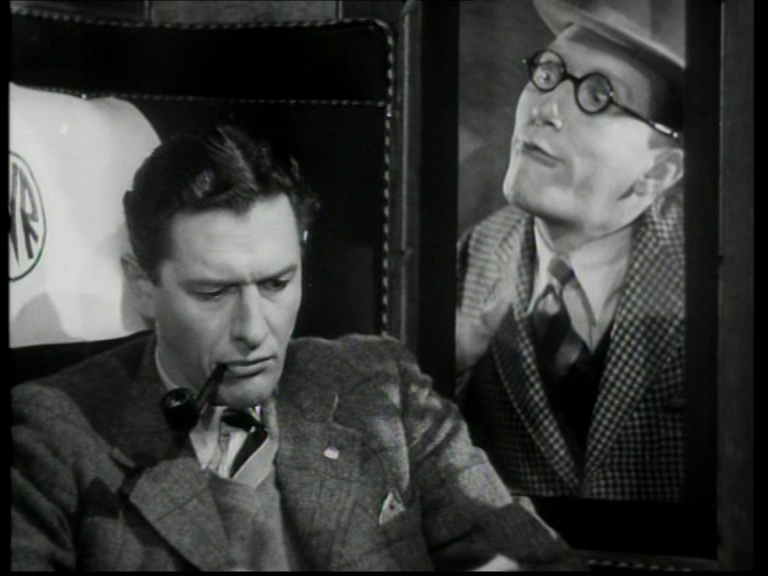
BACK-ROOM BOY came to feel like a smart course-correction, dialling back Arthur’s more grating qualities and giving him more vulnerability.
In adapting Arnold Ridley’s classic twenties play for Askey, the writers have split the hero in two, giving some of his business to his radio partner Richard “Stinker” Murdoch. This somewhat damages the structure and the ending, but one can see why Askey wouldn’t have been considered able to sustain the hero part. I’d have liked to see him try, though!


Askey, as music hall comic Tommy Gander (great name — suggests also that Trinder might have been the first intended casting) performs an irksome song with beautiful little mannered gestures, until one of his fellow railway station detainees picks up his phonograph and hurls it onto the track. This made Fiona applaud. Then Arthur picks up the chess game his enemy is playing and throws it on the fire. Tommy Gander is a psychopath.
Arthur recites his radio catchphrase “Ithangyew” on multiple occasions in both films. The only time it’s really funny is here when, faced with some horrifying information, he stammers “I-I-I…” and then, ducking for cover, finishes with the trademark line which makes no sense but is hilarious in this non-context.


Our favourites in the supporting cast were Betty Jardine and Stuart Latham as a working-class couple on their way to get married, terrified of the prospect of being forced to spend the night together. Raymond Huntley, early stage Dracula, begins his long association with ABCs (always as ill-natured authority figure) here — he’d work with Will Hay the same year, then much later go up against Jimmy Edwards, Charlie Drake and Norman Wisdom.
Walter Forde, a proper director when he’s on form, does a great job with the comedy, the thriller spook stuff, and sustaining visual interest in the potentially stagey set-up. It’s a masterclass in dynamic blocking. His cinematographer is Hitchcock’s man, Jack E. Cox, who did lots of these things after his main director went stateside. This is one of the few that allows him lots of room for shadowy atmosphere.





Inevitable moment of discomfort: Askey ponders teaching a parrot to say “Heil Hitler!” then reflects that it wouldn’t be suitable, “Not with a beak like that.” But Val Guest was Jewish so I guess he’s allowed to write stuff like that.

The best version of this is still the Anglo-German silent DE SPOOKTREIN, a classic. The 1931 Jack Hulbert version is partly lost, but the surviving scenes demonstrate that the spectacular wrecking scene in the Askey is stock footage culled from the Hulbert. Also, the early thirties lack of music and atmosphere rather leaves both comedy and suspense hanging in the wind.
Arnold Ridley, who wrote the play, was a remarkable chap — known to generations of Brits as Private Godfrey from sitcom Dad’s Army. When I interviewed his co-star, the late Ian Lavender, for the Blu-ray of Buster Keaton’s THREE AGES (Lavender was a great Keaton fan and played him on the stage) he recalled Ridley and John Laurie going into very quiet discussions, and you knew not to disturb them, you knew they were talking about their time in the Great War… Ridley was not only bayonetted and knocked unconscious, leaving him prone to blackouts for years afterwards, he was interrogated by his own side in case he was malingering, and then presented with a white feather by a woman on the street when he was out of uniform. And then he reenlisted in 1939 — and wouldn’t even talk about his WWII service, it was so horrific.
Although Scooby-Doo plots — THE GHOST BREAKER/S etc — existed before Ridley’s play, it’s clearly the direct inspiration for a whole sub-sub-genre of British comedy — Awful British Comedian battles ghosts who turn out to be Bolsheviks/Nazis/smugglers/IRA gun-runners/what-have-you. A trope continued long past the point it could have fooled anyone, there’s ALWAYS a rational explanation. But the two Askey versions still make this rusty mechanism work, and if you’re never convinced by the phantasmal backstories, they do guddle the plot up to a point where you have no idea what’s going on.
BACK-ROOM BOY stars Arthur Linden; Harbottle; Albert; Helen Nosseross; Brownie; Helen Hawkins; William Shakespeare; Ned Horton; and Dick Turpin.
THE GHOST TRAIN stars Arthur King; Cmdr. Bissham-Ryley; Mrs Sowerberry; Fee Baker; Corporal Philpotts; Sir Ensor Doone; Sir Thomas Erpingham; Joseph Whemple; and Miss Blandish.
Verdict: Askey has definite awful aspects, but they CAN be used for good.






























